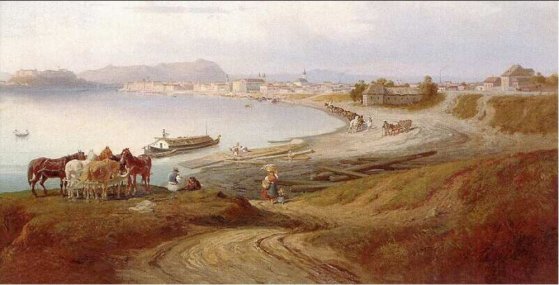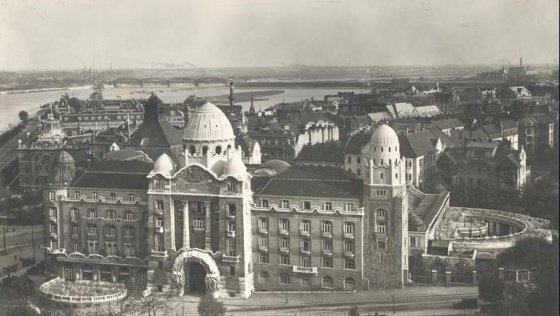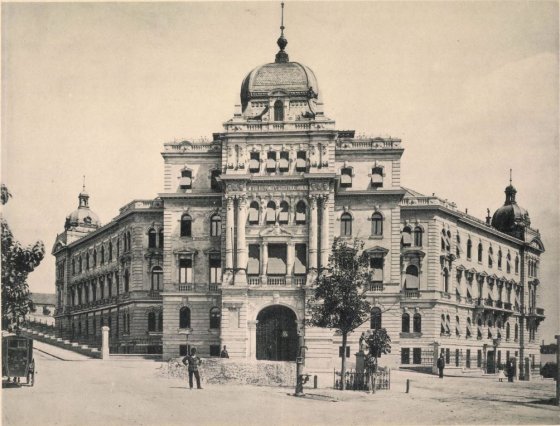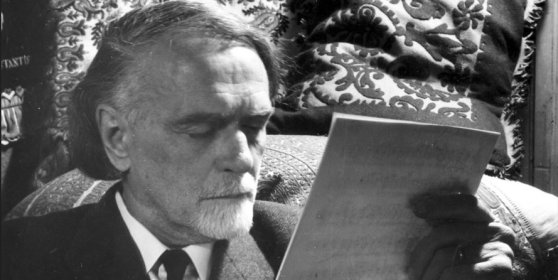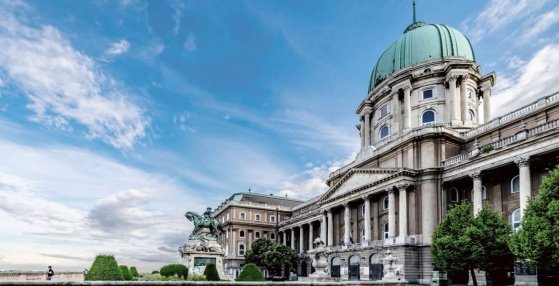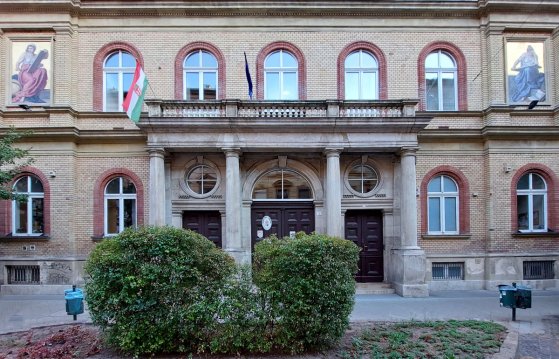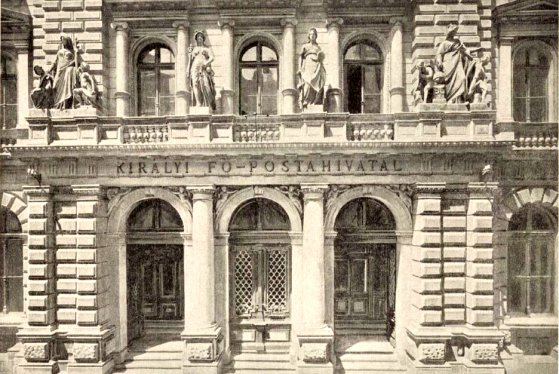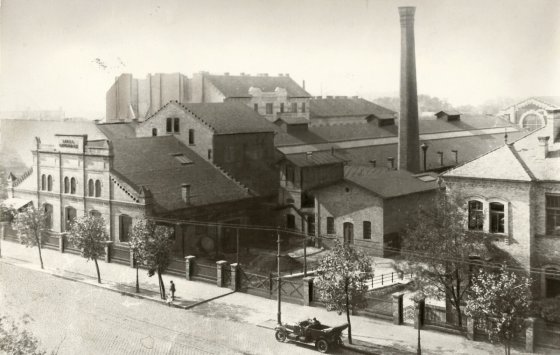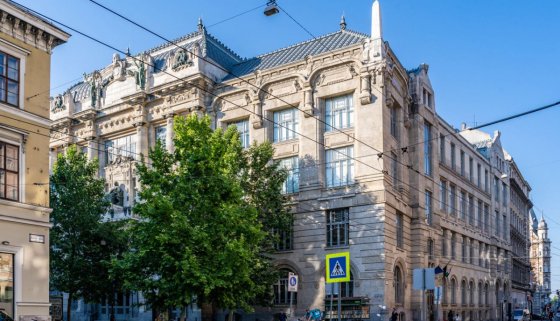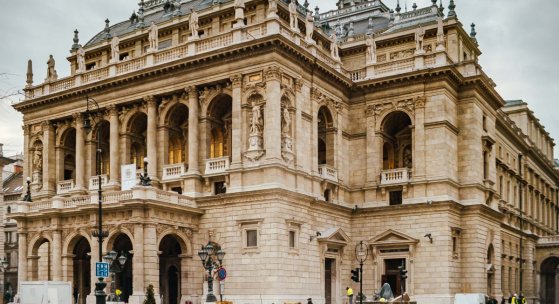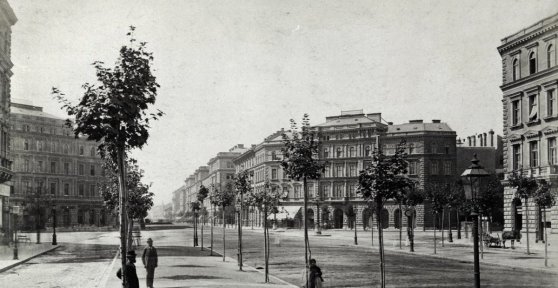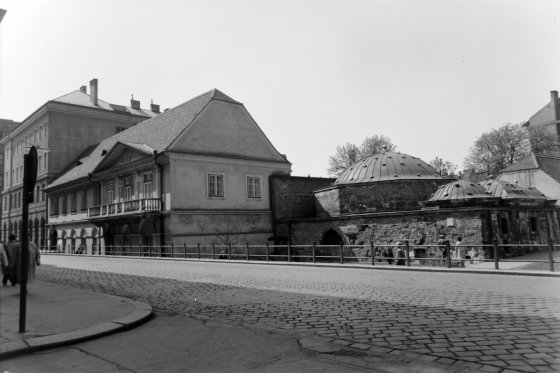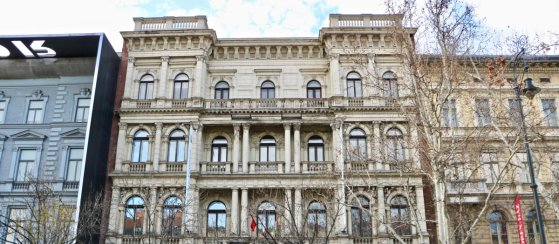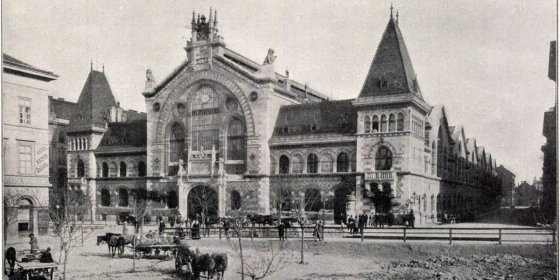 The „intertwined history” of the bridges and the city of Budapest
Which ideas and events have shaped the fate of bridges of Budapest and the cityscape? Alongside many other interesting facts, this question is also answered this newly published book by the Budapest City Archives, which introduces the history of bridges in Budapest.
The „intertwined history” of the bridges and the city of Budapest
Which ideas and events have shaped the fate of bridges of Budapest and the cityscape? Alongside many other interesting facts, this question is also answered this newly published book by the Budapest City Archives, which introduces the history of bridges in Budapest.
Ildikó Bacsa
 Who also painted the construction of the Chain Bridge: Miklós Barabás died 125 years ago
Who also painted the construction of the Chain Bridge: Miklós Barabás died 125 years ago
February 17, 2023 at 12:30 PM
We can confidently say that Miklós Barabás was one of the most outstanding artists of the Reform era, the first painter who earned the respect of society with his artistic work. During his long career, he made portraits of many important and well-known personalities, including Mihály Vörösmarty, János Arany, Ferenc Deák, Palatine Joseph, and even Franz Joseph. The capital also often provided the subject of his pictures. He achieved great success with his paintings, and the press regularly reported on his current works. It was thanks to his exceptional talent that he managed to gain fame at a time when the work of painters was not yet highly valued.
Who painted Pest and Buda several times: Antal Ligeti was born 200 years ago
January 30, 2023 at 4:00 PM
Antal Ligeti, born 200 years ago, was one of the outstanding figures of Hungarian painting. He lived in extraordinary places, first in the Fót castle of Count Károlyi István, later in Budapest's most famous classicist palace: the National Museum building. He owed his first home to the support of the lord, who recognised the talent of the young painter and provided him with housing and board as a patron. He earned his home in the building of the National Museum as the keeper of the picture gallery, lived there for more than twenty years, and was taken to the cemetery from there.
Who became a fan of Art Nouveau: the architectural legacy of Artúr Sebestyén, born 155 years ago
January 18, 2023 at 4:00 PM
Artúr Sebestyén, born 155 years ago today, was one of the important architects of the turn of the century. After graduating from the University of Technology, he worked in Alajos Hauszmann's office, his architectural work was initially defined by Neo-Baroque forms, then he increasingly turned his attention to Hungarian motifs. He designed many buildings in the capital, in the countryside and beyond the borders. His best-known work is the unmissable Art Nouveau creation, the Gellért Hotel and Thermal Bath.
The headquarters of the Hungarian Central Statistical Office is 125 years old
January 3, 2023 at 3:30 PM
The Hungarian Royal Central Statistical Office was established in 1871. For a long time, the institution did not have an independent home and was constantly forced to move. The turning point occurred in 1896 when a legal article was published on the construction of the independent building. The plans were prepared by the renowned architect and university professor Győző Czigler. The handover of the new headquarters took place on 18 December 1897, but the staff of the office only took possession of the building in January 1898.
"Life without music is incomplete and not worth living", said Zoltán Kodály who was born 140 years ago
December 18, 2022 at 11:00 AM
Zoltán Kodály is one of the greatest figures in Hungarian music literature, who was not only an exceptionally talented composer but also a researcher and teacher. He began his work as a folk song collector in 1905 and presented his own works to the public in 1910, and Psalmus Hungaricus, written in 1923, was a huge international success. His music pedagogy method is still used in education today. The composer's former home on Kodály Körönd now houses the memorial museum named after him.
The Ludovica Academy: 150 years of Hungarian officer training
December 4, 2022 at 11:00 AM
One hundred and fifty years ago, in 1872, the Ludovica Academy, the military school for the training of officer cadets, was opened. The 1808 Diet decided to start Hungarian officer training, but the education actually started only 64 years later. The academy's own building in the 8th District was already built between 1830 and 1836 from public donations, according to the plans of Mihály Pollack, but the classicist palace was unused for decades. However, a law of 1872 once again ordered the establishment of the Hungarian Royal Hungarian Defense Academy.
From the Curia's building to the City Park: the Hungarian National Gallery opened 65 years ago
October 25, 2022 at 10:00 AM
The Hungarian National Gallery is one of the best-known institutions in the country and the capital, which celebrates its 65th anniversary this year. The institution, which collects masterpieces of Hungarian art, opened its doors to visitors on 5 October 1957 in its first home, in the Curia's building on Kossuth Square designed by Alajos Hauszmann, to which the Museum of Ethnography later moved. It occupied its current location, buildings B, C and D of the Buda Castle, in 1975. Within the framework of the Liget Project, the plans for the new home have already been drawn up, although its implementation is still pending.
Imre Madách Secondary School moved into its current home 130 years ago
October 5, 2022 at 11:00 AM
In September 1892, the 7th District State Secondary School, i.e., today's Imre Madách Secondary School, welcomed not only the new academic year but also its new home. The institution, founded in 1881, did not have its own building for more than 10 years, teaching took place on rented premises. The Minister of Religion and Public Education in charge of educational affairs, Ágoston Trefort, commissioned the architect János Bobula Sr. to prepare the plans for the secondary school. But Trefort passed away in the meantime, and the new minister had other ideas about the school building.
Two floors were built on it, but the historic building of the city centre Main Post Office still stands empty
September 6, 2022 at 3:00 PM
Almost 150 years ago, in 1873, the imposing building of the Royal Hungarian Main Post Office was completed in the city centre. The floor plan and cost plan of the postal palace bounded by three streets were prepared by Henrik Koch, and the plans for the glass roof of the inner courtyard were prepared by Antal Szkalnitzky. The historic building bordered by Petőfi Sándor, Párizsi and Városház Streets was also privately owned, and they wanted to turn it into a hotel more than ten years ago, but the former Main Post Office is still unused today.
Where the Nyugat editors' favourite coffee house operated - The Krausz Palace was built on Sugárút
July 27, 2022 at 10:30 AM
The former Krausz Palace is located on 12 Andrássy Avenue, the capital's most representative road. Its designer, Zsigmond Quittner - the creator of the Gresham Palace - was only 27 years old when he designed this spectacular apartment building for the order of the wealthy manufacturer Lajos Krausz. Famous artists such as Károly Lotz, Gyula Donáth, and József Róna participated in the decoration of the house, built in 1885, whose works can be seen on the Opera House, Vigadó, and the National Bank building, among others. The Magyar Korona Coffee House later operated on the ground floor, which was also a favourite place for the editors and authors of the Nyugat.
One of the most important plants of Hungarian industry was the Láng Machine Factory - a residential park is being built in its place
July 12, 2022 at 9:00 AM
The Láng Machine Factory, founded in 1868, was one of the most important factories in Hungarian industry. Its success can also be measured in the fact that in a relatively short time, the workshop of 8-10 people became a large company employing hundreds of employees. László Láng opened his workshop on Váczi Boulevard, today's Bajcsy-Zsilinszky Road, and then in 1873 he moved to Váci Road, where he operated until its cessation. There are only four buildings under monumental protection in the area of the former factory, around which a modern housing estate will soon be built.
The new building of the Liszt Academy was handed over 115 years ago
May 12, 2022 at 10:00 AM
The palace of Liszt Academy in Liszt Ferenc Square was handed over on 12 May 1907, just 115 years ago. One of the most important buildings in the field of music was designed by the excellent architects Kálmán Giergl and Flóris Korb, but the outstanding craftsmen of the age also took part in the works. The architects worked on the plans for years to erect a modern building decorated with Hungarian elements according to the customer's request.
After almost 5 years, the renovated Opera House opens its doors today
March 12, 2022 at 2:00 PM
Restoration work began in the building of the Hungarian State Opera in October 2017. The renovation, which lasted for almost 5 years, not only serves to further illuminate one of the architectural gems of Budapest, but it also represents the basic requirements of the 21th century. The history of the construction of the Opera House also proves that these requirements have changed from time to time.
Its construction has caused controversy, today it is one of the most elegant parts of the capital - the Andrássy Avenue
March 9, 2022 at 10:00 AM
One hundred and fifty years ago, on 9 March 1872, the contract was signed, with which the construction of the representative avenue of Pest, Andrássy Avenue, could actually begin. The design of the route strongly divided the public, with many seeing it as a luxury investment serving the needs of the aristocracy. Soon after its opening, it became clear that the result went beyond all gentlemanly whims: it was one of the most important urban development enterprises of the second half of the 19th century.
Witness of the Turkish Era - The renovation of the Király Bath is still pending
March 5, 2022 at 9:00 AM
One of the most emblematic surviving buildings of the Turkish era in Budapest, the Király Bath, which is still closed, has been awaiting renovation for some time. Renovation work has not yet begun, although a call for ideas was launched in 2017 and the best design was selected, but the actual conversion work will take some time. The building was last completely renovated in the 1950s. Since then, there have been more or less restoration works, but today we find the bath in a very bad condition, the history of which dates back to the time of the Turkish occupation.
The builder, János Bobula, could live in one of the most beautiful palaces on Andrássy Avenue only for a few years
February 18, 2022 at 10:00 AM
"It is one of the most beautiful buildings on the avenua," said the contemporary press when 62 Andrássy Avenue, formerly known as Bobula Palace, was built in 1882-1883. Maybe it wasn't called that for no reason. The carefully designed building, the list of famous artists of the age, the unique furnishings all suggest that the praise was justified. Moreover, the building faithfully reflected the owner’s financial situation, social status, and architectural views. Although the house is known to everyone today as “a building next to the House of Terror,” Bobula’s Palace deserves much more than that.
Market halls, which have been handed over 125 years ago, have become the sights of Budapest
February 15, 2022 at 10:00 AM
Modern food supply was one of the important factors in the development of Budapest into a world city. City management found it essential to have indoor, health-friendly stalls, constantly monitored inventory, fixed prices, and fixed opening hours, but little or no open-air markets could meet these conditions. The market halls were designed to regulate all this: the Central Market Hall on Fővám Square, the Rákóczi Square, the Klauzál Square, the Hunyadi Square and the Hold Street Market opened on 15 February 1897, just 125 years ago.
More articles
 The „intertwined history” of the bridges and the city of Budapest
Which ideas and events have shaped the fate of bridges of Budapest and the cityscape? Alongside many other interesting facts, this question is also answered this newly published book by the Budapest City Archives, which introduces the history of bridges in Budapest.
The „intertwined history” of the bridges and the city of Budapest
Which ideas and events have shaped the fate of bridges of Budapest and the cityscape? Alongside many other interesting facts, this question is also answered this newly published book by the Budapest City Archives, which introduces the history of bridges in Budapest.
 The Bridge Report, which brought a turning point in the history of Budapest
A travel report that changed the history of Pest and Buda, as well as Hungary. The little book contributed to the change of half a thousand years of legal customs and the implementation of an investment of unprecedented size and technical quality. This book was The Bridge Report [Hídjelentés in Hungarian].
The Bridge Report, which brought a turning point in the history of Budapest
A travel report that changed the history of Pest and Buda, as well as Hungary. The little book contributed to the change of half a thousand years of legal customs and the implementation of an investment of unprecedented size and technical quality. This book was The Bridge Report [Hídjelentés in Hungarian].
 Drama on the university wall - The heroic monument was planned 95 years ago
In the constant hustle and bustle of the Egyetem Square in Pest, the students may not even notice the monument that decorates the short section of wall between the church and the central building of ELTE. However, it commemorates their predecessors, the heroes who fought for their country in World War I, and those who heroically helped them. The first design of the dramatically collapsing soldier was born in 1928, ninety-five years ago.
Drama on the university wall - The heroic monument was planned 95 years ago
In the constant hustle and bustle of the Egyetem Square in Pest, the students may not even notice the monument that decorates the short section of wall between the church and the central building of ELTE. However, it commemorates their predecessors, the heroes who fought for their country in World War I, and those who heroically helped them. The first design of the dramatically collapsing soldier was born in 1928, ninety-five years ago.

